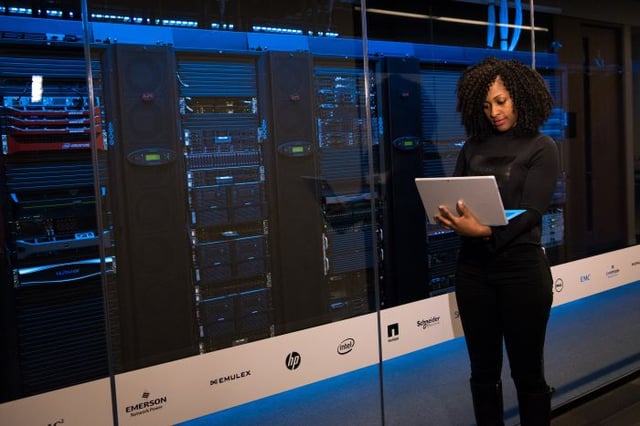Many IT organizations have already moved to a virtualized server infrastructure, while others are still operating a physical server model either for part, or all of their business application needs. Even today, organizations must ask — why virtualize — and the answer must satisfy the CFO, the CEO, and the end users, just as much as it satisfies the IT support team.
While it may be true that starting a new virtualized infrastructure carries a higher acquisition cost than a single dedicated physical server, that spend can quickly turn into savings as additional virtual servers are added vs. the physical model. A principle reason for this is that most servers running in the physical model are only about 20 percent utilized over the course of their useful lifecycle. According to Cisco, when combined with a physical storage model (where the storage the server utilizes is dedicated to that server), overall utilization drops to around 15 percent, compared to virtual servers leveraging shared storage.
So what is server virtualization and what are the benefits?
A physical server is a dedicated machine running a single instance of an operating system which supports one, two or a small handful of applications or services such as File and Print and Active Directory, or a SQL database, or an enterprise/line of business application such as Epicor. When configured with enough RAM and processor capacity to meet peak usage of that application or service, the physical server model will only utilize 20 percent of that capacity over time.
With server virtualization, that same piece of hardware would run a hypervisor that hosts multiple instances of operating systems, or servers, on top of it. While in the physical server model, that hardware can only host a single application or a small handful of applications; in the virtual model, the same hardware can host many servers, each running multiple applications.
Generally speaking and with thoughtful design, it is reasonable to virtualize 10 virtual servers on a single hardware host. Some organizations may even choose to run more depending on requirements and capabilities.
Tom Gdula, a data center virtualization practice manager at Annese & Associates, Inc., has outlined six benefits of implementing virtualization servers.

Click through for a summary of benefits that can be achieved by implementing a server virtualization project, as identified by Tom Gdula, a data center virtualization practice manager at Annese & Associates, Inc.

If your child has ever missed the bus, then you understand server virtualization. Your car represents a single, dedicated physical server running your child to and from school. The school bus represents a host running a large number of students to school. Each student is still very much an individual, just as each virtual server can continue to support an individual purpose; yet, they are all sharing a ride and better utilizing resources.
The financial impact to each household (i.e.: business unit) to procure and operate a bus fleet is lower than the impact on time, wear, resources, infrastructure, and frustration that would result from driving each student to and from school in their own car.

Since virtual servers are considered applications to the host, adding a virtual server is a quick task. In fact, virtual servers can be templates that IT can copy and turn on in minutes vs. the weeks it typically takes to procure and configure a physical server.

With the configuration and rollout of virtual servers easily standardized and centralized, the reliability of installations and the ease of maintenance improves, as does IT’s ability to meet SLAs and user expectations.

Virtual servers are applications to a host, which means that they can essentially run on any host, making virtual servers easily transportable across physical hosts and across disparate infrastructures. Should a hardware host fail, any and/or all of the virtual servers running on that host can be automatically restarted on another host in that data center or elsewhere.

Due to the portable nature of virtual servers and the ability to standardize the virtualization configuration, a DR site can be much more easily and affordably established for a virtualized model than for traditional physical servers.

Virtual servers running on fewer hosts can do the work of many physical servers. This enables less power consumption and heat generation, and also reduces the number of physical assets for IT to update and maintain. Coupled with a more efficient administration model, server virtualization will lower your overall IT overhead costs.















